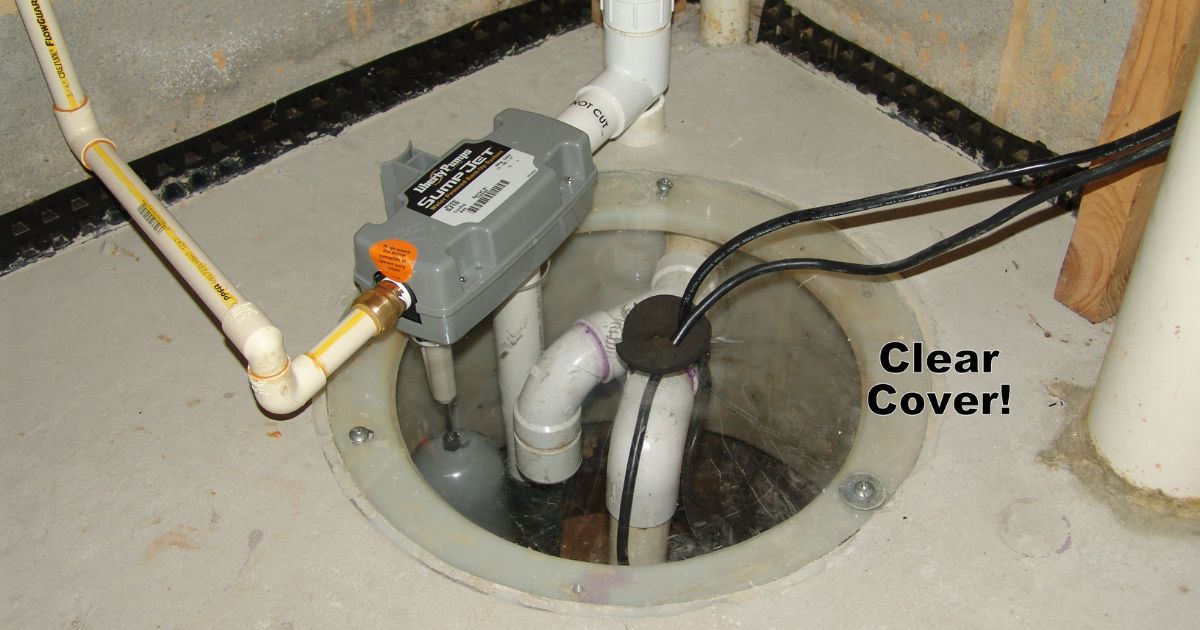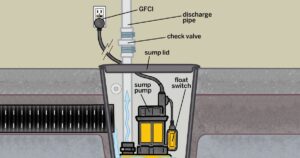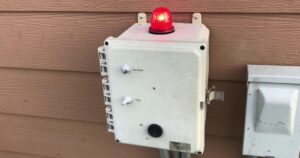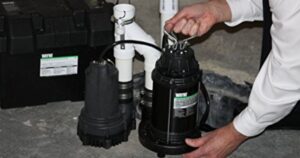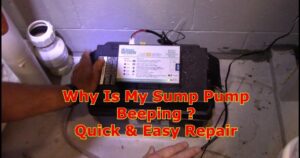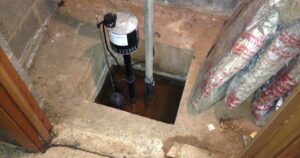In an increasingly unpredictable world, it is crucial to be prepared for unforeseen circumstances that may disrupt our daily lives. When faced with a power outage, ensuring the functionality of our sump pump becomes paramount in maintaining a dry and safe environment in our basements. This article explores various techniques to drain a sump pump without electricity, equipping you with the knowledge and tools necessary to tackle such situations with confidence and efficiency.
Key Takeaways
- Battery-powered backup systems provide a reliable solution for draining a sump pump without electricity.
- Generator-powered backup systems offer a dependable alternative for draining a sump pump during power outages.
- Water-powered backup systems can be used to drain a sump pump without electricity by utilizing water pressure.
- Solar-powered backup systems provide an eco-friendly option for draining a sump pump without electricity.
Check Sump Pump Backup Systems
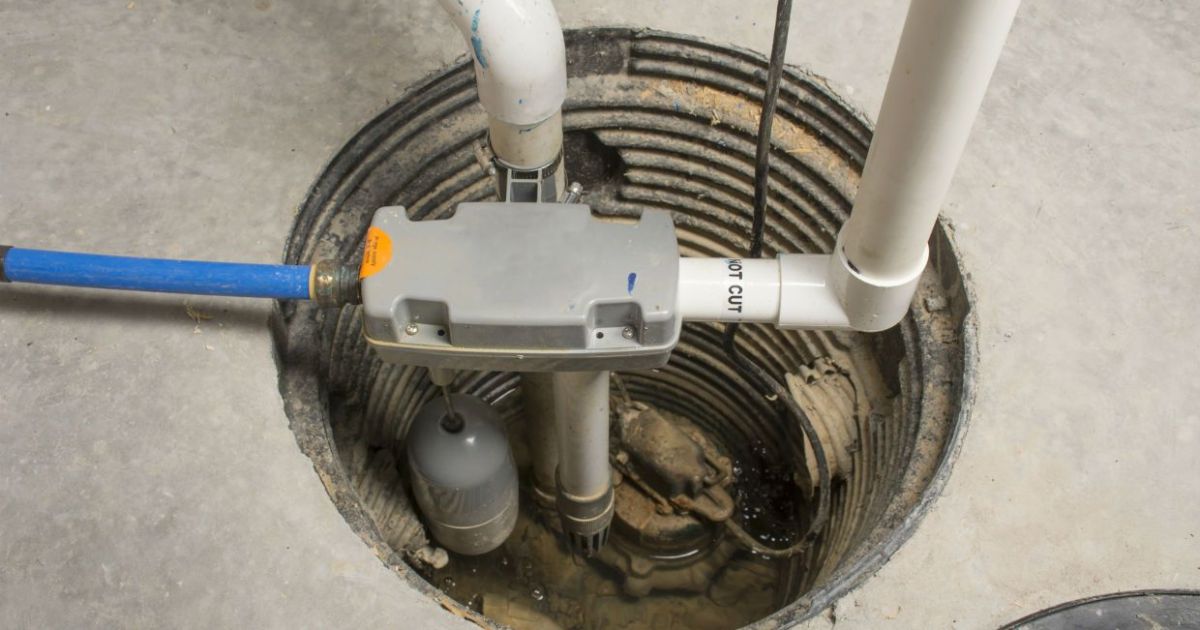
To ensure the functionality of your sump pump during power outages, it is imperative to regularly inspect and test sump pump backup systems. Backup systems are designed to kick in when the primary sump pump fails or when there is a power outage. These systems typically include battery-powered backup pumps, water-powered backup pumps, or a combination of both. Start by inspecting the battery backup system, ensuring that the battery is properly charged and in good condition. Test the backup pump by pouring water into the sump pit and monitoring its activation. Additionally, check for any leaks or damage in the backup system’s components. By regularly inspecting and testing your sump pump backup systems, you can have peace of mind knowing that your basement will remain dry even during power outages.
Prioritize Basement Dryness
Considering these factors will help you determine the appropriate portable power station for your sump pump, ensuring that you have sufficient runtime during power outages or emergencies. Additionally, you should factor in the cost of renting a portable power station compared to purchasing one outright. Based on research, the average sump pump rental cost ranges from $10 to $50 per day.
- Install a reliable sump pump system: A sump pump is designed to remove excess water from the basement and prevent flooding. It is essential to have a backup system in place to ensure continuous operation, even during power outages.
- Regularly inspect and maintain gutters and downspouts: Properly functioning gutters and downspouts help divert rainwater away from the foundation, reducing the risk of water seepage into the basement.
- Waterproof the basement walls and floors: Applying waterproofing coatings or sealants to the walls and floors can provide an extra layer of protection against moisture intrusion.
Prepare for Worst-Case Scenarios
One way to prepare for worst-case scenarios is by ensuring you have a backup system for your sump pump’s operation. Dependence on electricity for your sump pump can be risky, especially during power outages or electrical failures. To safeguard against such situations, it is prudent to invest in a backup system, such as a battery-powered sump pump or a water-powered backup pump. These backup systems provide an alternative power source, ensuring the continued functionality of your sump pump even when electricity is unavailable. Battery-powered sump pumps utilize rechargeable batteries and can offer hours of operation, while water-powered backup pumps utilize the water pressure in your home’s plumbing system. By having a backup system in place, you can rest assured that your sump pump will continue to function reliably, providing protection against basement flooding even in worst-case scenarios.
Understand Submersible Pumps

How can submersible pumps be understood?
- Submersible pumps are designed to be completely submerged in water, allowing them to efficiently pump out large volumes of water.
- These pumps are equipped with a waterproof motor that is hermetically sealed, ensuring safe and reliable operation even in wet environments.
- They are commonly used in sump pump systems, where they help remove water from basements or crawlspaces to prevent flooding and water damage.
Submersible pumps work by using an impeller to create a suction force that draws water into the pump. The impeller then pushes the water through a series of pipes and out of the discharge outlet. These pumps are typically more powerful than their non-submersible counterparts and can handle larger volumes of water. Their submersible nature also makes them ideal for use in deep wells or bodies of water.
Understanding how submersible pumps function is essential for effectively maintaining and troubleshooting them. By familiarizing yourself with their features and capabilities, you can ensure that your sump pump system operates smoothly and efficiently, providing you with the peace of mind and protection you desire.
Explore Pedestal Sump Pump Options
Pedestal sump pump options offer a reliable alternative for draining sump pumps without electricity. These pumps are designed with a motor that is mounted above the sump pit, making them suitable for situations where the pump needs to be elevated. With their vertical design, pedestal sump pumps are easily accessible for maintenance and repairs. They are typically equipped with a float switch that activates the pump when water levels rise, ensuring efficient water removal. One advantage of pedestal pumps is their durability, as the motor remains unaffected by water exposure. Additionally, these pumps have a longer lifespan compared to submersible pumps. While pedestal sump pump options provide a dependable solution for draining water, it is important to consider the specific needs of your sump pump system before making a selection.
Learn How Sump Pumps Work
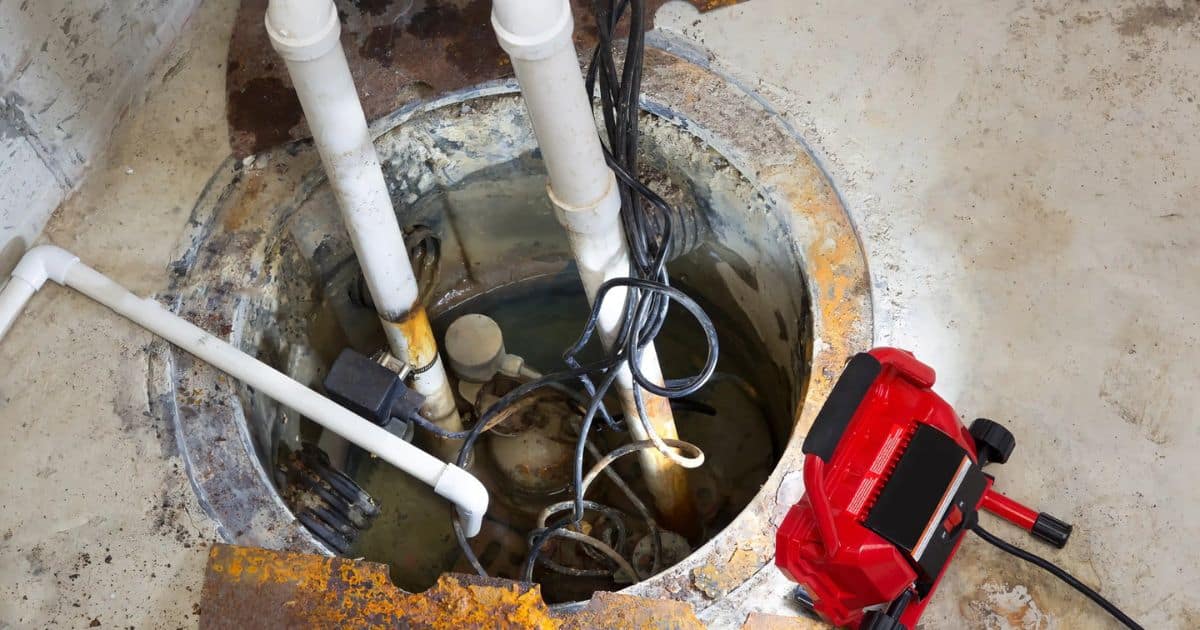
Sump pumps operate by removing water from a sump pit, utilizing various mechanisms to ensure effective drainage. Understanding how these pumps work is essential for homeowners who rely on them to prevent basement flooding. Here are three key aspects to consider:
- Float Switch: Sump pumps are typically equipped with a float switch that activates the pump when the water level rises above a certain point. This switch controls the pump’s operation, ensuring that it turns on and off as needed.
- Impeller: The impeller is a crucial component of the sump pump. It spins rapidly, creating a centrifugal force that pushes water out of the pit and through the discharge pipe. The design and efficiency of the impeller play a significant role in the pump’s performance.
- Check Valve: A check valve is installed in the discharge pipe to prevent water from flowing back into the sump pit once it has been pumped out. This valve ensures that water only moves in one direction, preventing unnecessary cycling of the pump.
Identify Common Causes of Failure
One common cause of failure in sump pumps is a malfunctioning float switch, which can prevent the pump from activating when the water level rises. The float switch is a crucial component that detects the water level and triggers the pump to start pumping out the water. If the float switch is not functioning properly, it may fail to activate the pump, leading to flooding and potential damage. Another common cause of failure is a clogged or blocked discharge pipe, which can prevent the water from being pumped out effectively. Additionally, power failures can render the sump pump useless if it relies solely on electricity. It is important to regularly inspect and maintain the float switch, discharge pipe, and consider alternative power sources to ensure the sump pump functions properly when needed.
Create a Backup Plan for Dryness
To ensure uninterrupted drainage in the event of a power outage, it is essential to have a reliable backup system in place. Here are three key items to consider when creating a backup plan for dryness:
- Battery Backup: Invest in a high-quality battery backup system specifically designed for sump pumps. This will provide temporary power during outages, allowing the pump to continue removing water from the sump pit.
- Water-powered Backup Pump: Consider installing a water-powered backup pump that utilizes the pressure from your home’s water supply to operate. This type of pump can effectively remove water even without electricity.
- Generator: A generator can be a reliable backup option, especially in areas prone to frequent power outages. Make sure to choose a generator that is compatible with your sump pump’s power requirements and have it installed by a professional.
Frequently Asked Questions
Can a Sump Pump Backup System Be Installed Without Professional Help?
Yes, a sump pump backup system can be installed without professional help. However, it is recommended to consult with a professional to ensure proper installation and functionality of the system.
What Are the Different Types of Backup Systems Available for Sump Pumps?
There are several types of backup systems available for sump pumps, including battery-powered backup pumps, water-powered backup pumps, and generator backup systems. These systems provide an alternative power source in case of electrical failure.
How Often Should the Backup System Be Tested to Ensure It Is Functioning Properly?
To ensure the proper functioning of the backup system for a sump pump, regular testing is essential. It is recommended to test the backup system at least once every three to six months to identify any potential issues and ensure its reliability.
Are There Any Additional Steps That Can Be Taken to Prioritize Basement Dryness Apart From Installing a Backup System?
To prioritize basement dryness, apart from installing a backup system, additional steps can be taken. These may include regular maintenance and inspection of the sump pump, ensuring proper drainage, sealing any cracks or leaks, and implementing proper ventilation and dehumidification systems.
Can a Sump Pump Backup System Be Used to Drain Other Areas of the House, Such as Crawl Spaces or Outdoor Pits?
A sump pump backup system is designed to drain water from a sump pit during power outages. While it may be possible to adapt it for other areas like crawl spaces or outdoor pits, it is important to consult a professional for guidance on feasibility and proper installation.
Conclusion
In conclusion, when it comes to draining a sump pump without electricity, it is crucial to prioritize the dryness of your basement and prepare for worst-case scenarios. Understanding the different types of sump pumps, such as submersible and pedestal options, is essential in creating an effective backup plan. By exploring backup systems and identifying common causes of failure, you can ensure the efficiency of your sump pump and maintain a dry and safe basement.
